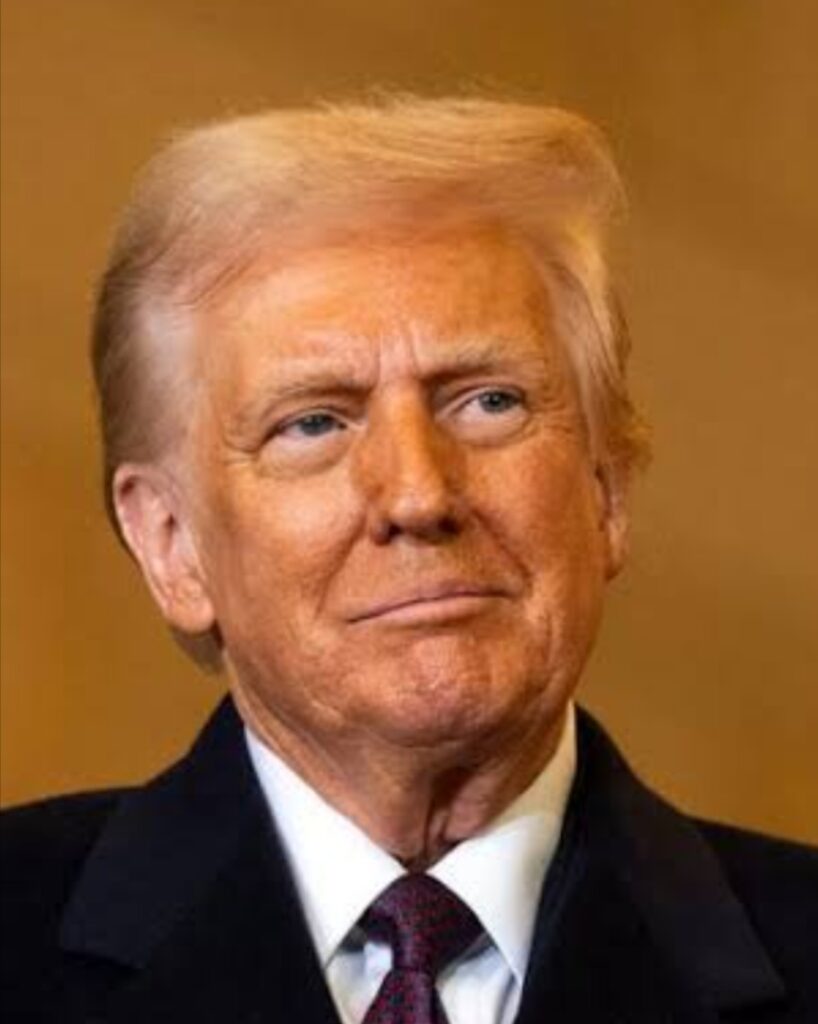Trump Tariff Bomb: What are the means of it???…annoverview

On April 2, 2025, Trump declared a national emergency under the International Emergency Economic Powers Act (IEEPA), citing large and persistent U.S. trade deficits as a threat to national security and the economy. This led to a sweeping trade policy dubbed “Liberation Day” by Trump, which included a baseline 10% tariff on all U.S. imports effective April 5, 2025, and higher “reciprocal” tariffs on roughly 60 countries, ranging from 11% to 50%, starting April 9, 2025.
These reciprocal tariffs targeted nations with significant trade surpluses or perceived unfair trade practices, such as China (facing a 34% tariff on top of existing duties, totaling 54%), Vietnam (46%), and the European Union (20%). Canada and Mexico were partially exempt from the new baseline due to existing 25% tariffs tied to fentanyl and migration issues, though non-USMCA-compliant goods faced additional duties.The economic impact was immediate and dramatic.
Global stock markets plunged
Global stock markets plunged, with the S&P 500 dropping nearly 6% in a week and a record $5 trillion in market value lost over two days. Economists warned of a potential global recession, with JPMorgan estimating a 60% chance by year-end, driven by disrupted supply chains and rising consumer prices.
Critics, including some Trump supporters like Bill Ackman, labeled it an “economic nuclear winter,” while others, like Commerce Secretary Howard Lutnick, defended it as a necessary reset to protect American workers and manufacturing.
The policy sparked a global trade war
The policy sparked a global trade war, with China retaliating with a 34% tariff on U.S. goods effective April 10, 2025, and threatening further action like restricting rare earth exports. The EU proposed 25% counter-tariffs on U.S. products like soybeans, while countries like Japan and South Korea sought negotiations to avoid the higher duties.
Trump doubled down, threatening an additional 50% tariff on China if it didn’t lift its countermeasures,
escalating tensions further. For American consumers, this “tariff bomb” meant higher prices on imported goods—everything from electronics to cars and groceries. The Tax Foundation estimated an average household cost increase of over $1,900 annually, with specific sectors like autos facing a potential $2,700 price hike per vehicle.
Trump argued this was short-term pain for long-term gain
aiming to boost domestic industry and reduce the trade deficit, though many economists questioned the logic, noting tariffs are paid by U.S. importers, not foreign nations.





